Blogs & News
We are focus on automotive wiring harness & connectors technology.
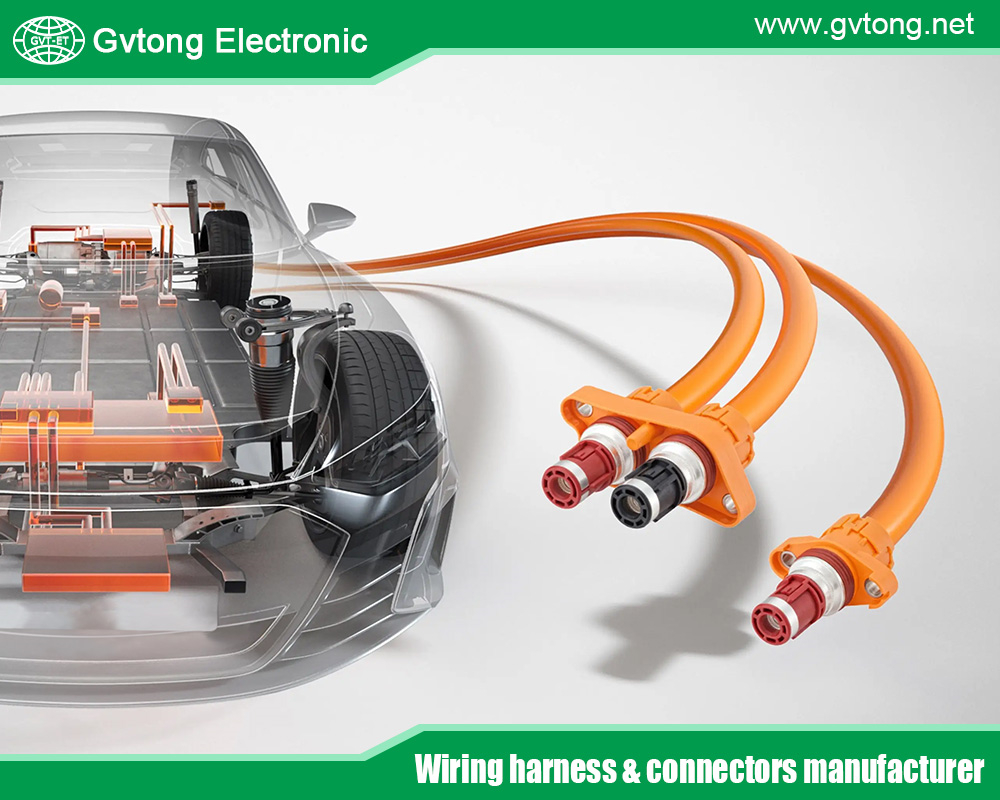
Detecting & Fixing Loose or Faulty Connections in Car Wiring
- Gvtong Electronic
- automotive antenna connector, automotive coaxial connector, automotive data connector, automotive diagnostic connector, automotive electrical connector, automotive high - frequency, automotive High voltage connector, automotive hybrid connector, automotive low voltage electrical wiring connectors, automotive low voltage electrical wiring connectors in russia, automotive low voltage wiring connectors in russia, Automotive Low Voltage Wiring Harness, automotive Oil-resistant Connectors, automotive optical fiber connector, automotive power distribution, automotive Signal Connector, automotive vibration - resistant, automotive waterproof connectors, Automotive Wiring, automotive wiring connectors malaysia, automotive wiring hamess, Automotive Wiring Harness Companies, automotive wiring harness connectors and terminals, Automotive Wiring Harness Market, automotive wiring manufacturer, automotive wiring supplier, Best Automotive Wiring Harness Companies, Best Automotive Wiring Harness Companies Philippines, car wiring, car wiring factory, car wiring manufacturer, car wiring supplier, Electrical Wiring Connector Suppliers from Thailand, Energy Storage Wire, Failure-Inducing Wear in Automotive Wiring, High Pressure Connectors, High Pressure Wire, High Voltage Wiring Harness, Industrial Control Connectors, Low Pressure Connectors, Low Pressure Wire, low voltage wiring connectors in russia, Low Voltage Wiring Harness, Medical Wire, Wind And Solar Storage
- No Comments
Detecting & Fixing Loose or Faulty Connections in Car Wiring
Car wiring is the nervous system of modern vehicles, transmitting power and signals to critical components like the engine control unit (ECU), lights, and advanced driver-assistance systems (ADAS). Loose or faulty connections in wiring harnesses, connectors, or terminals can lead to intermittent failures, electrical shorts, or complete system breakdowns, compromising safety and performance. These issues are particularly prevalent in high-vibration environments or aging vehicles. Detecting and fixing such problems requires a systematic approach, specialized tools, and technical expertise. This article explores the causes of loose or faulty connections, methods for detection, repair techniques, and preventive measures. With the rise of electric vehicles (EVs) and complex electronics, addressing wiring issues is more critical than ever. By employing diagnostic tools like multimeters and following best practices, mechanics and vehicle owners can ensure reliable repairs, enhancing vehicle longevity and safety.
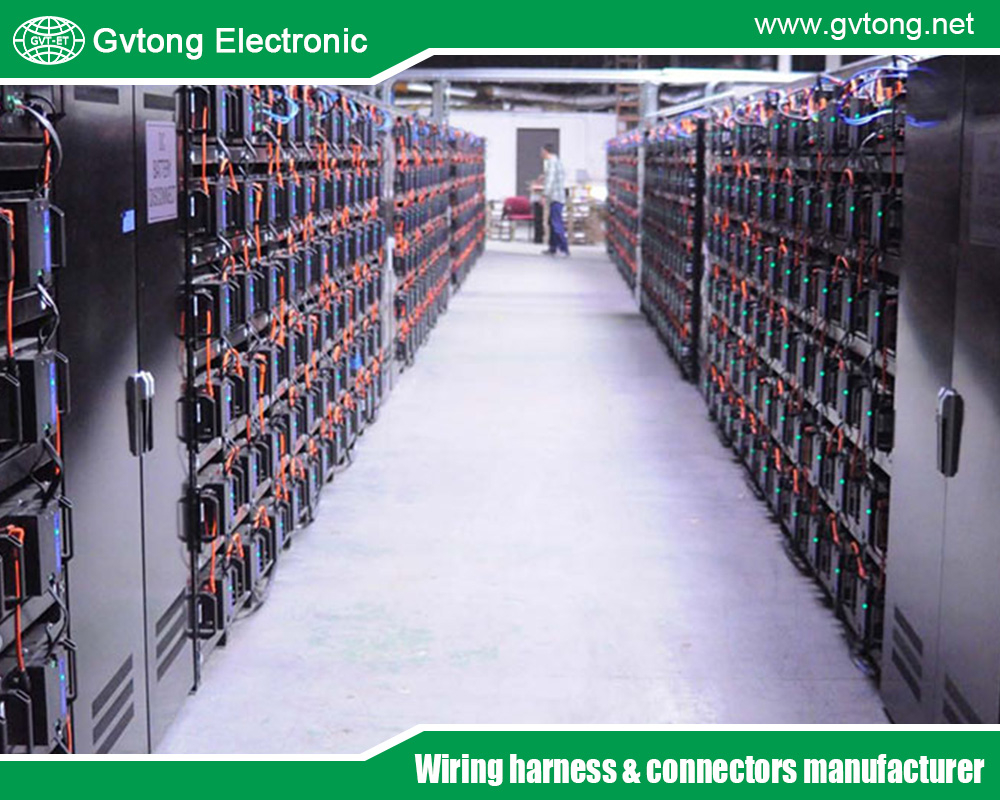
Understanding Loose or Faulty Connections
Loose or faulty connections in car wiring occur when electrical continuity is disrupted due to poor contact, corrosion, or physical damage. Common causes include:
- Vibration: Constant vehicle motion loosens connectors or terminals, especially in engine bays or door harnesses.
- Corrosion: Moisture, road salt, or battery acid corrodes terminals, increasing resistance and causing failures.
- Wear and Tear: Aging insulation or connectors degrade, leading to intermittent or open circuits.
- Improper Installation: Poorly crimped terminals or unsecured harnesses cause loose connections.
- Thermal Stress: Heat from engines or electrical overloads weakens connectors, leading to failures.
Symptoms include flickering lights, intermittent component failures (e.g., power windows), warning lights (e.g., check engine light with codes like P0688), or no-start conditions. In EVs, loose connections in high-voltage systems can cause significant power loss or safety hazards. Understanding these causes is essential for effective diagnosis and repair, particularly as modern vehicles rely on complex wiring networks like CAN bus systems.
Detecting Loose or Faulty Connections
- Initial Assessment and Symptom Analysis
The detection process begins with gathering information from the vehicle owner about symptoms, such as intermittent radio operation, dimming headlights, or erratic sensor behavior. Mechanics note when issues occur (e.g., during startup or vibration) and check for recent repairs or environmental exposure (e.g., water ingress). A visual inspection identifies obvious issues like loose connectors, corroded terminals, or frayed wires. Checking the battery terminals and ground points is a common starting point, as poor grounds cause widespread issues. For example, a loose ground strap may trigger multiple warning lights.
- Using Diagnostic Tools
Mechanics use specialized tools to pinpoint faults:
- Multimeter: Measures voltage, resistance, and continuity to identify open or high-resistance connections. For instance, a resistance reading above 1 ohm at a connector indicates a fault.
- OBD-II Scanner: Reads diagnostic trouble codes (DTCs) like P0688 (ECM power relay issue) to trace electrical faults.
- Test Light: Verifies power delivery to connectors or fuses.
- Wiggle Test: Physically manipulating harnesses or connectors while monitoring with a multimeter detects intermittent faults.
- Thermal Imager: Identifies overheating connectors due to high resistance.
For example, a mechanic might use a multimeter to test continuity across a headlight connector, revealing a loose pin causing flickering.
- Systematic Inspection and Testing
Mechanics follow wiring diagrams (per vehicle service manuals) to trace circuits. They inspect harnesses for chafing, loose clips, or damaged insulation, focusing on high-stress areas like door hinges or engine bays. Connector pins are checked for proper seating or bent contacts. Ground points are tested for low resistance (<0.5 ohms) using a multimeter. For intermittent issues, mechanics perform a “wiggle test” while monitoring voltage or continuity. In CAN bus systems, an oscilloscope analyzes signal integrity to detect communication errors caused by loose connections.
- Verification of Findings
After identifying a suspect connection, mechanics verify the fault by recreating symptoms (e.g., toggling a connector to replicate a failure). They cross-check with DTCs or multimeter readings to confirm the root cause. For example, a loose ECU connector causing a P0606 code (processor fault) is verified by reseating the connector and clearing the code. A road test ensures the issue is resolved under real-world conditions.
Fixing Loose or Faulty Connections
- Cleaning Corroded Terminals
Corrosion is cleaned using a wire brush or contact cleaner (e.g., CRC QD Electronic Cleaner). Battery terminals are treated with baking soda solution to neutralize acid. After cleaning, dielectric grease is applied to prevent future corrosion. For example, corroded alternator terminals causing charging issues are cleaned and coated to restore performance.
- Reseating or Replacing Connectors
Loose connectors are disconnected, inspected for bent pins, and reseated securely. Damaged connectors are replaced with OEM or equivalent parts (e.g., Delphi Weather-Pack connectors for waterproofing). Proper locking mechanisms ensure firm connections. For instance, a loose headlight connector is replaced with a sealed unit to prevent water ingress.
- Repairing Wiring
Damaged wires are repaired using solder and heat-shrink tubing to restore insulation. For severe damage, entire harness sections are replaced, ensuring proper routing to avoid future wear (per SAE J1128 standards). For example, a chafed door harness causing power window failure is spliced and sealed with heat-shrink tubing.
- Securing Harnesses
Loose harnesses are secured with cable ties, clips, or conduits to prevent vibration-induced wear. Grommets protect wires passing through metal panels. For instance, a loose engine bay harness is rerouted and secured with HellermannTyton clips to avoid contact with hot components.
- Testing Post-Repair
After repairs, mechanics test circuits with a multimeter to confirm continuity and voltage. An OBD-II scanner verifies no DTCs remain. A road test ensures components function correctly, such as checking headlights after repairing a connector. Documentation of repairs ensures traceability for future maintenance.
Preventive Measures
To minimize future issues:
- Regular Inspections: Check wiring and connectors during routine maintenance (e.g., every 12 months) for signs of wear or corrosion.
- Protective Measures: Use braided sleeves or corrugated conduits (e.g., HelaGuard) to shield harnesses from abrasion. Apply dielectric grease to connectors in exposed areas.
- Proper Installation: Ensure correct crimping and seating during repairs, using tools like crimping pliers (e.g., Molex Mini-Fit Jr.).
- Environmental Protection: Install IP67-rated connectors in areas prone to moisture (e.g., underbody or door harnesses).
- Training and Standards: Mechanics adhere to SAE J1128 and ISO 6722 for wiring repairs, ensuring durability.
For example, applying dielectric grease to battery terminals during annual maintenance prevents corrosion, extending connection life.
Challenges in Detecting and Fixing Connections
Challenges include:
- Intermittent Faults: Hard-to-replicate issues require extended testing, like wiggle tests or data logging.
- Complex Systems: EVs and ADAS use CAN bus networks, requiring specialized tools like oscilloscopes.
- Access Issues: Tight engine bays or hidden harnesses complicate inspections.
- Cost Constraints: High-quality connectors or harnesses increase repair costs.
- Safety Risks: High-voltage EV systems require insulated tools and PPE (per OSHA guidelines).
Solutions include using advanced diagnostics (e.g., Snap-on’s Zeus scanner), accessing manufacturer service manuals, and investing in EV-specific training (e.g., ASE A6 certification).
Advancements and Future Trends of Car Wiring
Emerging technologies include:
- Smart Diagnostics: AI-powered tools (e.g., Bosch ADS 625) analyze wiring patterns to detect faults faster.
- Wireless Monitoring: IoT sensors in harnesses alert mechanics to loose connections in real-time.
- High-Voltage Tools: Testers for EV systems (e.g., Fluke’s EVSE testers) ensure safe diagnostics.
- Self-Healing Materials: Experimental coatings repair minor insulation damage, reducing connection failures.
- Automated Repairs: Robotics streamline harness assembly and repairs, improving precision.
Future trends include wireless power transfer to reduce physical connections, AI-driven predictive maintenance, and recyclable wiring materials, aligning with EV growth and sustainability goals.
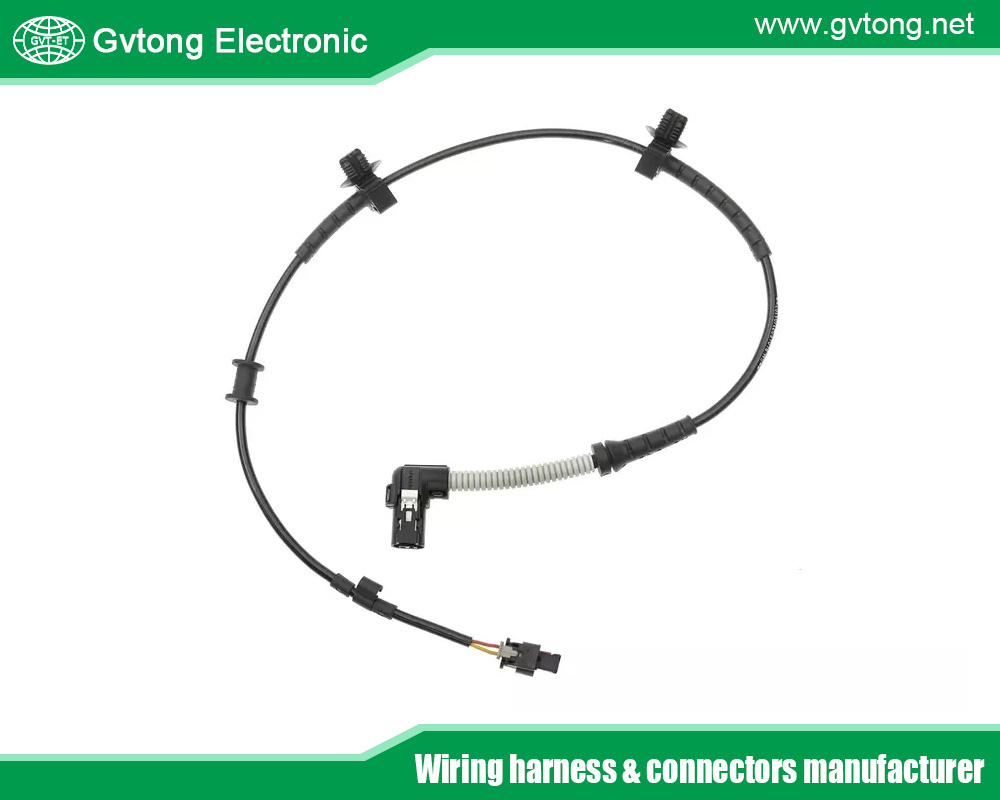
Conclusion
Detecting and fixing loose or faulty connections in car wiring is critical for vehicle reliability and safety. Qualified mechanics use a systematic approach—visual inspections, diagnostic tools like multimeters, and verification tests—to identify issues like corrosion or loose connectors. Repair techniques, including cleaning, reseating, or replacing components, restore functionality, while preventive measures like protective conduits and proper routing minimize future failures. Despite challenges like intermittent faults and complex systems, advancements in smart diagnostics and EV-specific tools enhance efficiency. As vehicles evolve with electrification and autonomy, mechanics must stay updated on technologies and standards to address wiring issues effectively, ensuring safe and reliable operation.
For more about the detecting & fixing loose or faulty connections in car wiring, you can pay a visit to Gvtong at https://www.gvtong.net/ for more info.
Recent Posts
The Best GR Series-Circular Connectors Manufacturer
The Best GD Series Combined Power Connector Manufacturer
A Guide to Selecting the Best GH Series Plastic Connector Manufacturer
How High Pressure Connectors Work?
The Best Automotive Connector Companies
Tags
Recommended Products
-
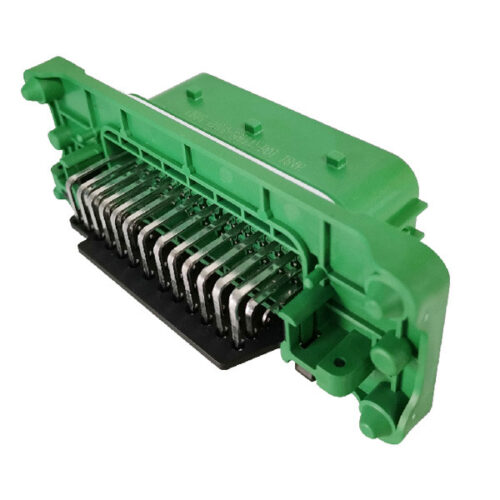
GE Series-39-core rectangular connector-socket
-
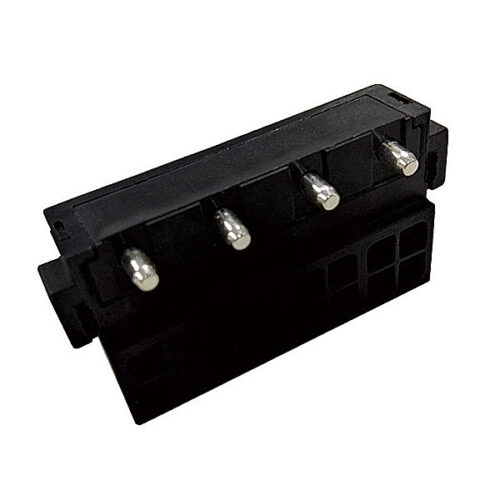
4-pin power connector (35A)
-
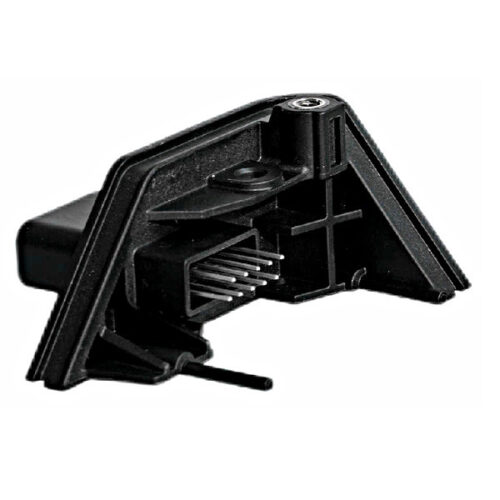
GE Series-10PIN Right Angle Connector Socket
-
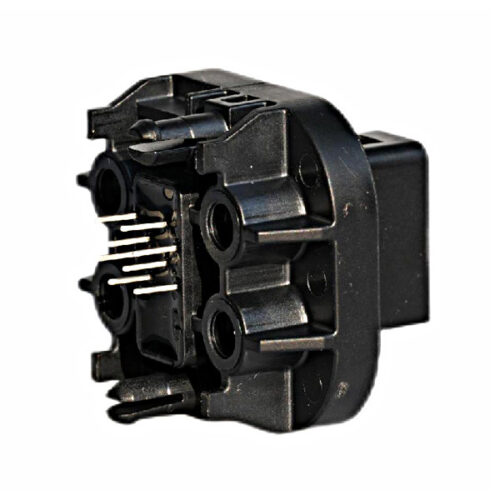
GE Series-8-core Rotary Signal Connector
-
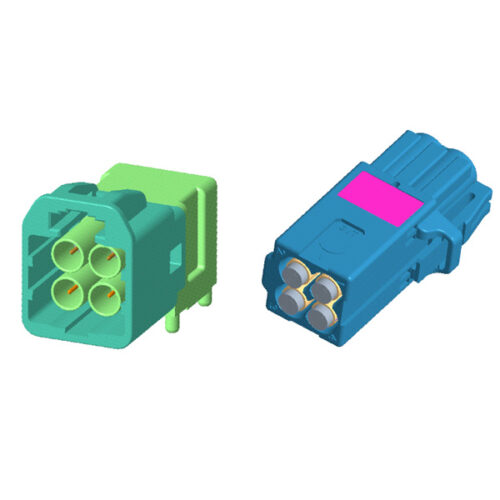
Automotive RF MINI FAKRA Four-Core Connector, Quad Port, PCB Through Hole, Right Angle, Plug, 50 Ohm
-
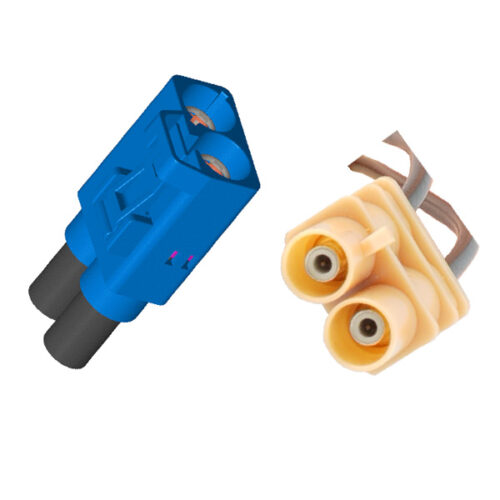
Automotive FAKRA Dual Connector For Wireless Antenna, GPS, Satellite Broadcasting, RF Bluetooth, IVI Information
-
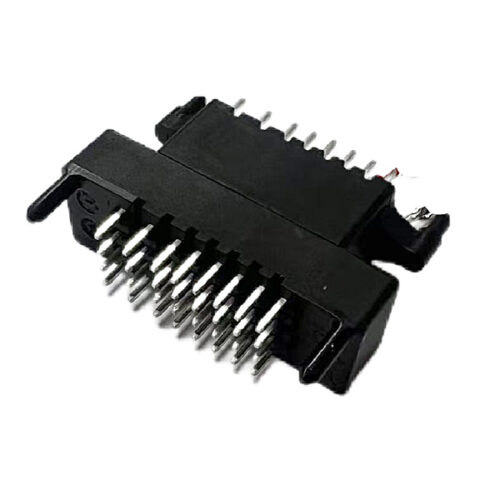
GE Series-32pin signal connector
-

GIPT three-core wiring connector
